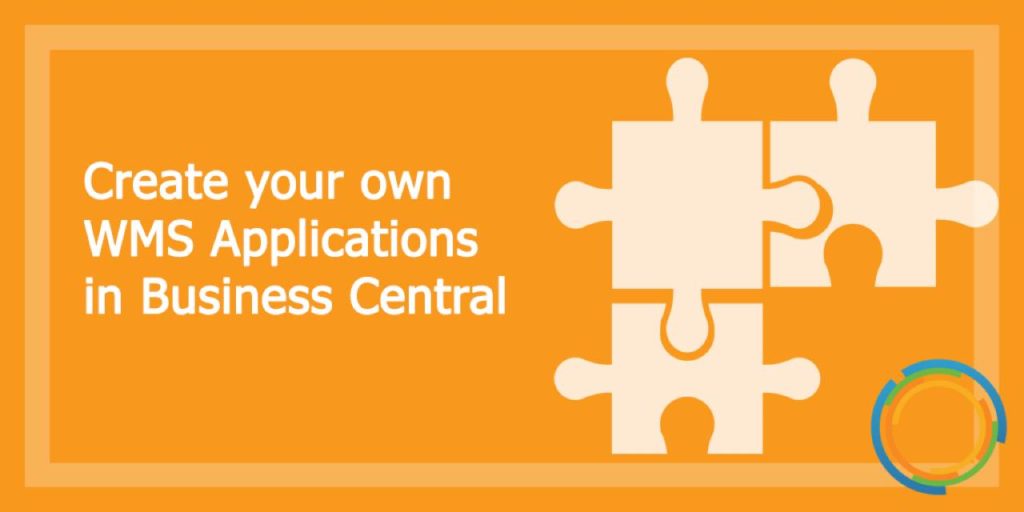Many companies will turn to a Warehouse Management System (WMS) to manage a warehouse. Standard WMS features include receiving inventory, put-aways, picks, and shipping. Depending on the WMS platform, you can get many additional features like support for mobile devices, inventory counts, license plating, lot & serial number tracking, and more.
Like a WMS, productivity applications are great at providing tools to help define processes, streamline workflows, and improve efficiency. For companies that lack warehouse optimization, a WMS is a step in the right direction.
Companies that have come a long way in optimizing their warehouse management processes can often find themselves locked into their WMS application. They have customized it to suit their business and operations, and upgrading it can become a complicated process.
As we all know, technology does not stand still. Often technology will become a competitive advantage for those that choose to embrace it. Those that once were leaders in their space can begin to fall behind hanging onto antiquated systems.
For those looking for a WMS platform that enables them to take advantage of the latest technology while allowing them to keep their proven process, Bond Consulting Services (BCS) recommends Insight Works’ Warehouse Insight for Dynamics 365 Business Central. Warehouse Insight provides warehouse and production employees full access to Dynamics 365 Business Central via barcode scanners and hand-held computers.
We’re going to focus on only one specific feature of Warehouse Insight: the built-in application builder. For a list of all features, check out www.WMSforDynamics.com. The application builder enables non-technical people to build their own WMS applications and tweak existing applications to match their proven processes.
The application builder within Warehouse Insight leverages Microsoft MakeCode. Microsoft MakeCode is a programming framework that is engaging, approachable, and inviting. The application builder uses a block editor where users interactively create WMS applications by dragging and arranging blocks onto the editor workspace. Applications can be complete, complex, fully standalone modules (e.g. existing modules like shipping/receiving) or simple, one dialog processes (e.g. asking for a line comment). The possibilities are almost limitless.
The application builder provides users with the building blocks to arrange and configure to create the desired application. Block types include event, interaction, action, context, variable and logic blocks. Let’s look at a couple of simple examples.
Example 1: Ask for a Date
In this example, you’ll see the application builder is used to create an application that when the “Ask for a Date” application is open, the user is prompted to enter their birthdate, and then a message is displayed.

Example 2: Scanning a Tag
In this example, the application builder is used to create a process that returns the associated scanned tag’s shelf number.

As mentioned, the above are very simple examples. Many companies use the application to build complex applications where required.
So, while Warehouse Insight will help streamline your warehouse operations, the application doesn’t require you to adapt to the built-in features. Rather, companies are encouraged to create their own apps to match their proven processes. Often, building apps with the application builder is given to a Microsoft Partner; however, some end-users choose to handle the process themselves.
The BCS Team recommends the Warehouse Insight application by Insight Works, a reliable and longstanding partner of Bond Consulting Services. For those that want to learn more, call (562) 988-3451 or schedule a free consultation. To learn more about Warehouse Insight, visit http://www.WMSforDynamics.com/.







